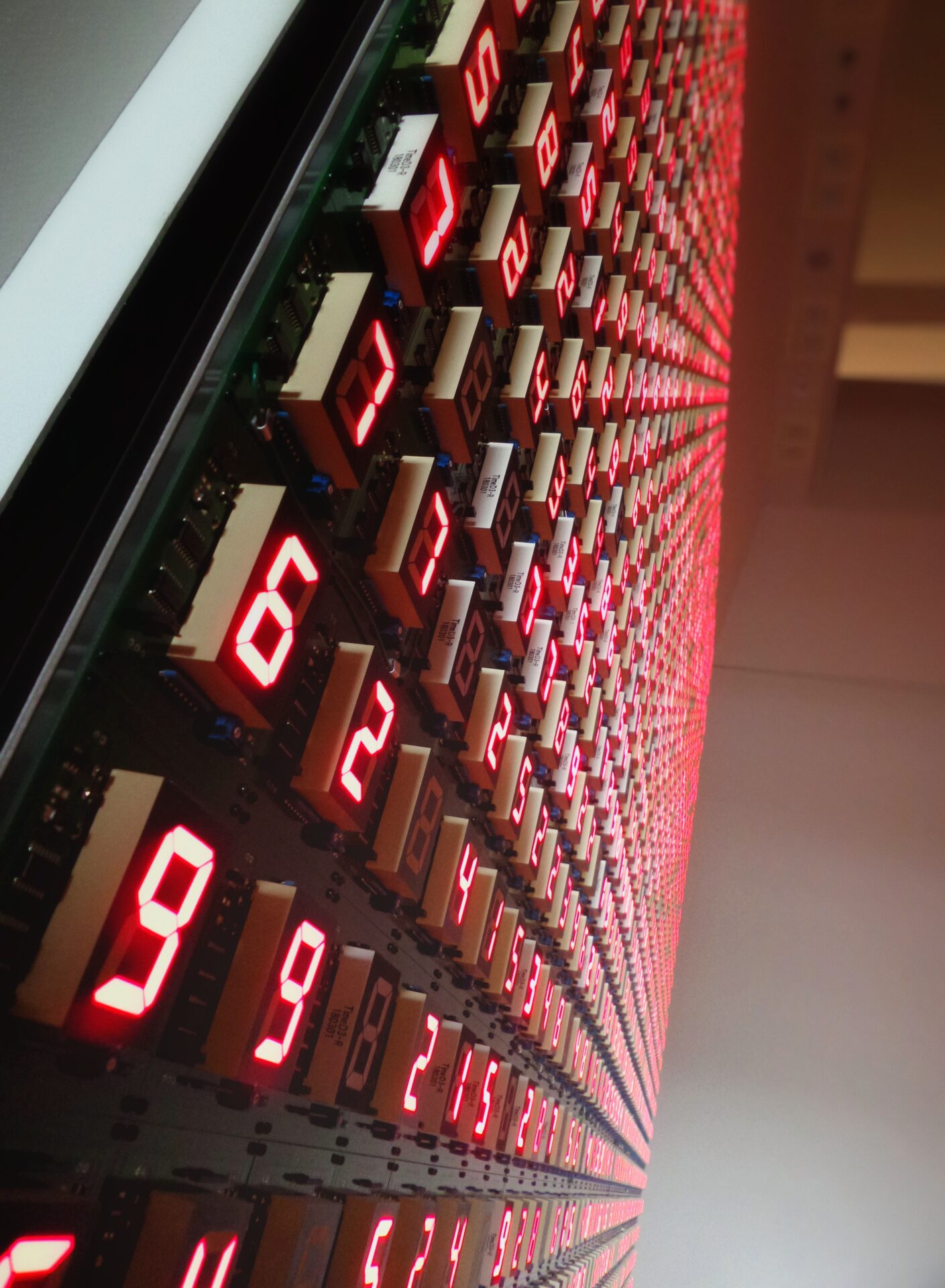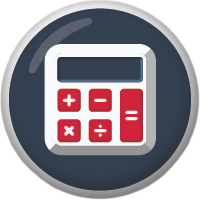
Year 7 – Maths

Term 1 – Critical Thinking & Problem Solving
Skills Taught
- Enquiry
- Identifying problems
- Offering solutions
- Identifying arguments
Term 2 – Personal Effectiveness
Skills Taught & Used
- Communicating clearly
- Identifying our strengths and areas for development
Term 3 – Creativity & Innovation
Skills Explicitly Taught & Used
- Collaborating
- Generating, combining and developing ideas
- Suggesting improvements
Number
What is 3? Not 3 cats or 3 crumpets, just 3? We will consider the infinitely long number line and navigate it by studying the four key mathematical operations, leading to understanding the value of factors and multiples. What did you get in your test? How fast can you run the 100m? Are you being paid correctly? Learn about fractions, decimals, and percentages to help you understand. You have 14 people coming for Christmas dinner but your recipes are designed for 4 people; what are you going to do? Learn about ratio, proportion and scale, that’s what!
Algebra
Letters in maths? What? Algebra! Perhaps the most powerful and efficient tool in the universe, it can be used to work out your gas bill or describe the chaotic building blocks of life itself. We won’t reach quantum mechanics in Year 7 but we’ll make a start by replacing numbers with symbols and learn how to manipulate them and control them, expressing mathematical ideas efficiently and logically. We might use a formula to calculate the cost of a taxi or the distortion of time itself for a fast-moving object. Logic will be developed further through solving linear equations: the simplest but most important of them all.
Shape & Space
If a circle is the shape that contains the most space for a given distance around it, why are books rectangular? Studying area and perimeter of key shapes will help us understand. Learn how to use a protractor properly and accurately, so that pilots hoping to go to New York don’t end up in L.A. Our manufactured world contains so many rectangles but why are they special? Afterall, bees seem to like hexagons. What other shapes are there? We will look at a wide variety of polygons, considering their properties, potential uses, key features, areas, and perimeters.
Data Handling
There can be a fine line between lies and statistics. Learn about data and how it can be processed and displayed so that you can make informed decisions and analyse headlines effectively. Mean, median, mode? Which average should we use? It depends on what you’re trying to say. Learn about central tendency so you can pick the right one. Pictures can replace many words; graphs can do the same and so much more. In Year 7 we will begin to learn about how data can be presented to display information clearly and efficiently, studying pictographs, scatter graphs, pie charts, bar charts and more.
